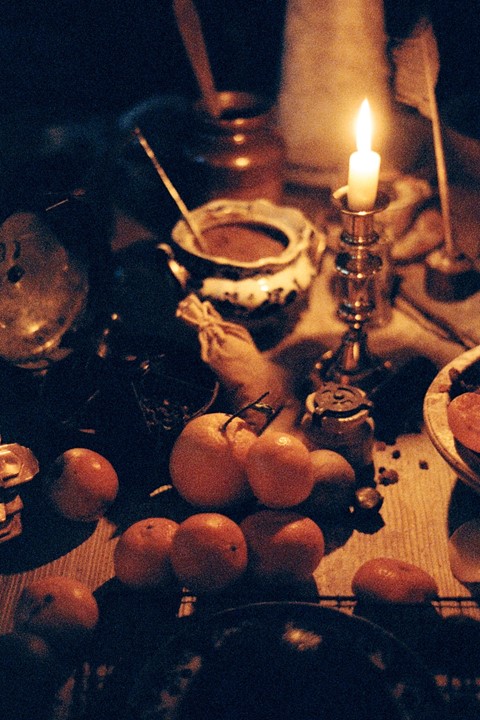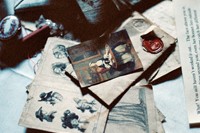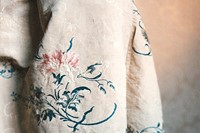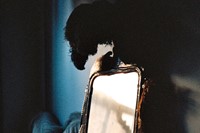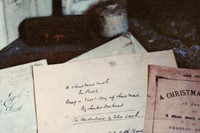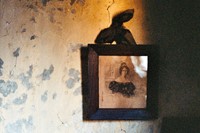A Spitalfields house, filled with the atmosphere of centuries past, takes visitors on a unique journey through time
The man himself may no longer live at Dennis Severs’ House, but it must be among the most homely of places in London. I visited 18 Folgate Street on a relentlessly cold winter evening, and, stepping through the door partly obscured by a pair of large Christmas trees, found myself warmed by the open fires of what appeared to be an old fashioned family home. Bathed in mellow candlelight, it smelt of spices, candle wax and pine needles, and carol singing and tolling bells could be heard among the sounds of whispered voices and creaking floor boards.
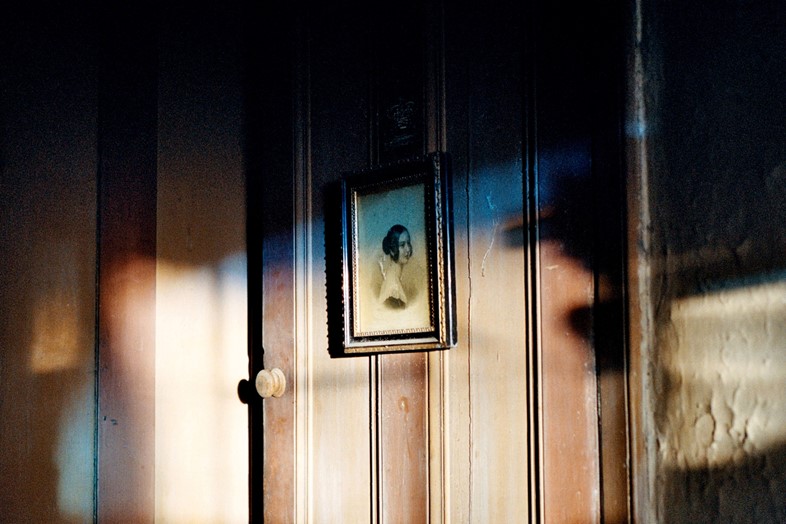
The truth is, I am not quite sure where I have found myself, or what this is supposed to be. It is no ordinary house, and it is hardly a normal museum. Dennis Severs’ House has been described variously as a post-materialist work of performance art, a magical mystery tour, a living museum, and as a three-dimensional novel, written in brick and candles. David Hockney likened its experience to being as good as that of a great opera. Severs himself described it as a time-machine and a ‘still-life drama’, or like stepping through a frame of a painting.
"Dennis Severs' House is like a three-dimensional novel, written in brick and candles"
Dennis Severs was an eccentric Californian anglophile who bought the handsome Spitalfields townhouse cheaply in 1979. He proceeded to restore each of the house’s ten rooms to be as if a family of Huguenot silk-weavers occupied them, meticulously and obsessively recreating “a collection of atmospheres: moods that harbour the light and the spirit of various ages in Time". When Severs died in 1999, it was kept running by the Spitalfields Trust and skilled curators, friends of Severs who ensure – with an extraordinary eye for detail that betray a background in film set-dressing – that it still feels as if though the house’s inhabitants have just got up and gone into a different room.
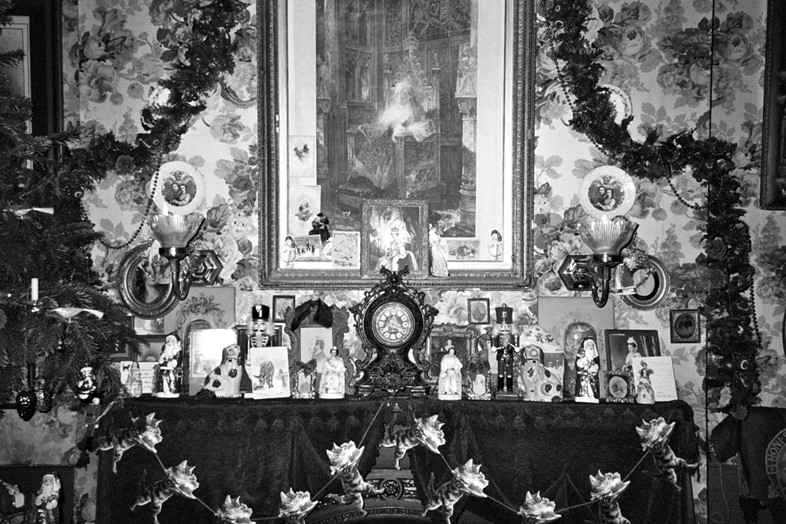
On arrival, visitors are hushed, told to turn off their phones, cameras and inhibitions, and sent off to explore the house on their own. I had a fear of finding dusty mannequins sitting down to fake meals, or worse, zealous costumed actors telling tales of yore in exaggerated cockney accents. Luckily, however, it is admirably twee free. ‘You either see it, or you don’t’, is the house motto: either you have the imagination to become absorbed in the experience, or not.
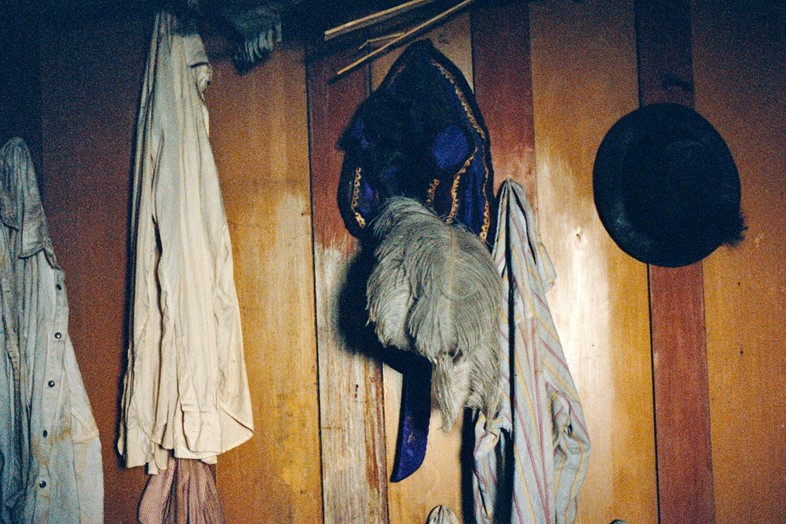
Little imagination is actually needed, though, to become lost in a world now long gone. Discreetly guided first towards the cellar, you find a small dark kitchen, its table laden generously with real food – a mixing bowl of spiced mincemeat, slices of home baked bread, a tottering pile of candied fruit. There are piles of scones by the fire, a dresser stuffed with well used, pretty Georgian crockery, a notebook laced with copperplate recipes, and half drunk cups of tea. Upstairs there are similar scenes in rooms as mysteriously vacant as the Marie-Celeste: an after dinner game of cards in the drawing room, letter-writing in a cosy bedroom, gift-wrapping in another. Up at the top of the house the scenes are of a family at an earlier, less fortunate time, where it is drafty and dark, with a partly collapsed roof, a mean fire, shabby furniture, and the loom that spins the silk that will eventually lead to the affluence of later generations.
"I'm going to bombard your senses. I will get the 20th century out of your eyes, ears and everything” — Dennis Severs
It was recreating the actual feeling of being in a different century that motivated Severs. ''I'm going to bombard your senses,'' he once said. ''I will get the 20th century out of your eyes, ears and everything.” He has succeeded. Moments from the towering glass beacons of the city, a strange Dickensian world survives.
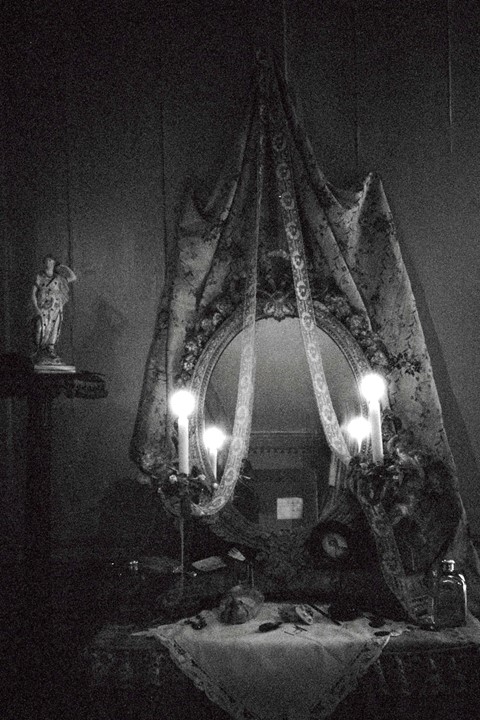
Dennis Severs' House, 18 Folgate Street, is open on selected Mondays and Wednesdays.
Words by Lily Le Brun
